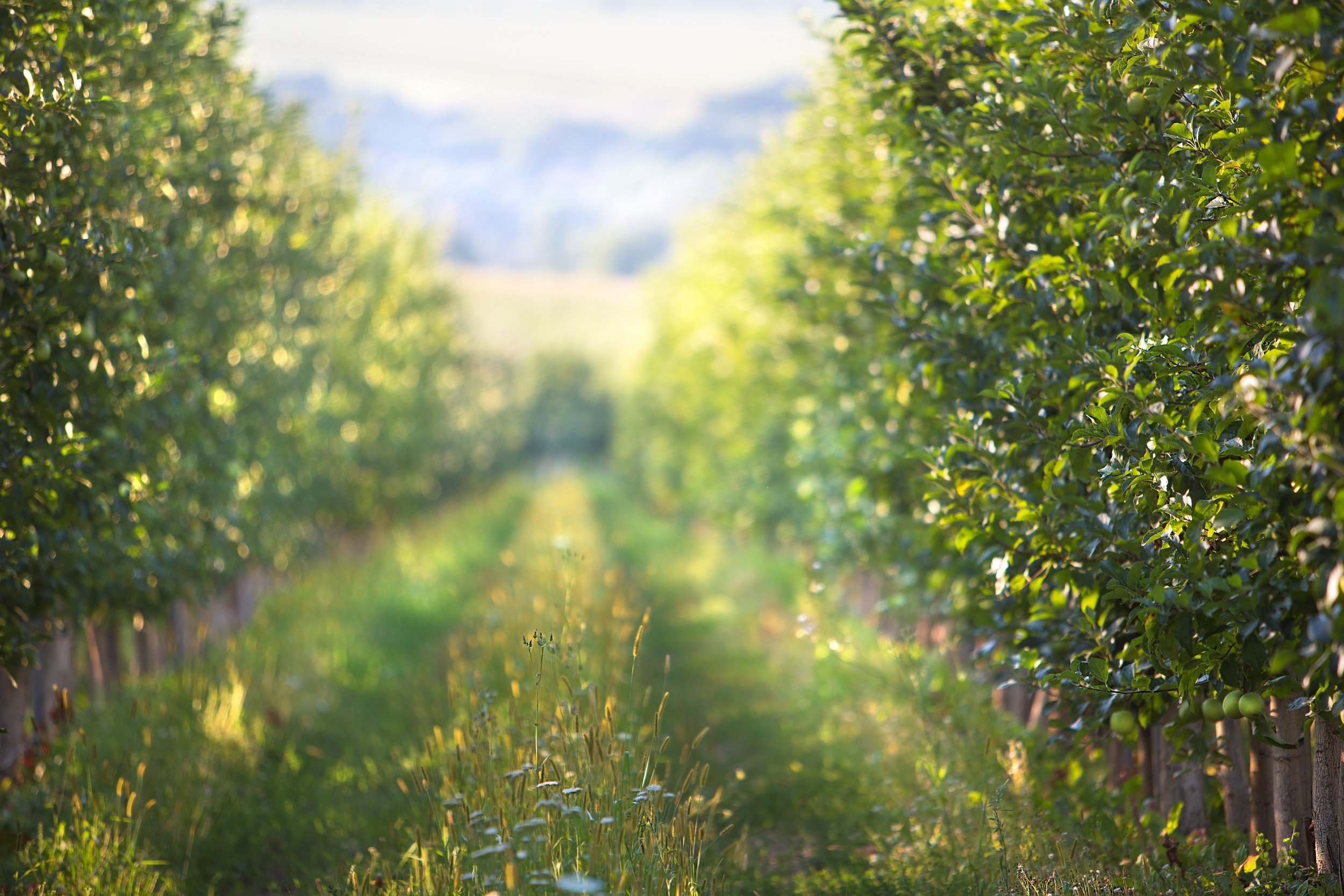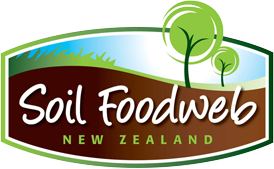
Repairing the Soil Foodweb
The soil foodweb is a group of organisms ranging in size from the tiniest bacteria to fungi (the largest organism on the planet).
The foodweb also includes protozoa, nematodes, micro-arthropods, worms and Beetles. The actions of these critters build soil structure by binding together the sand, silt, clay and organic matter; building the airway and water ways. While it seems contradictory, good soil structure allows water to drain from ‘too wet’ soil and aids the soil to hold onto water when conditions start to dry out. Humus, so important as a colloid to hold onto your nutrients and water is formed solely by the actions of these organisms.
When considering living soil biology you should picture that they all eat, excrete and in turn, are food for something else. Bacteria and fungi, glued and tied to soil particles feed on plant residues and in the process break them down and capture the nutrients preventing them from being lost through leaching. eg nitrogen, phosphorus, potassium, calcium and iron. These nutrients bound in the bacteria and fungi are not made available to the plants until their predators; protozoa, nematodes, micro-arthropods and worms consume the bacteria and fungi. Thus the cycle is completed. Plants excrete ‘foods’ converted from photosynthesis to ensure the soil microbes remain in the root zone. Many of these organisms are extremely beneficial species that, in turn, protect the roots from pathogens and pest attacks.
Throughout this complex web of interactions, the organisms also assist in the breakdown and ‘tie-up’ of pollutants and heavy metals in the soil. The food web protects all the plant surfaces often by out -competing pest and disease food or simply eating them. At other times they may alter soil conditions so that disease-organisms cannot thrive.
Many of the practices that we have adopted in modern agricultural production have actually damaged the natural processes by destroying the beneficial organisms in the soil and on plants. Injudicious use of pesticides, fungicides, herbicides and many chemical fertilisers have wiped out the beneficial, protective organisms that existed. Over time pests and diseases have developed immunities against the over-used chemical fixes, continuing to infect crops in greater numbers.
How can you be confident your fertiliser program is effective?
With biological farming fast becoming ‘main stream’ farmers are finding themselves ‘swamped’ with new biological input products. Deciding on the most effective treatment for your production system can be frustrating at best. By monitoring the soils progress with our laboratory on an annual basis you can ensure your fertiliser dollar is well spent.
How do you fix the problem?
Your first step would be to contact our friendly staff at the Soil Foodweb Institute. They will explain the soil testing services we offer and how they will assess just how much damage has been caused to your soil systems over the years. Once this information has been gathered we can help you source the tools and resources that will be required to return your soil to full productive, profitable health.


